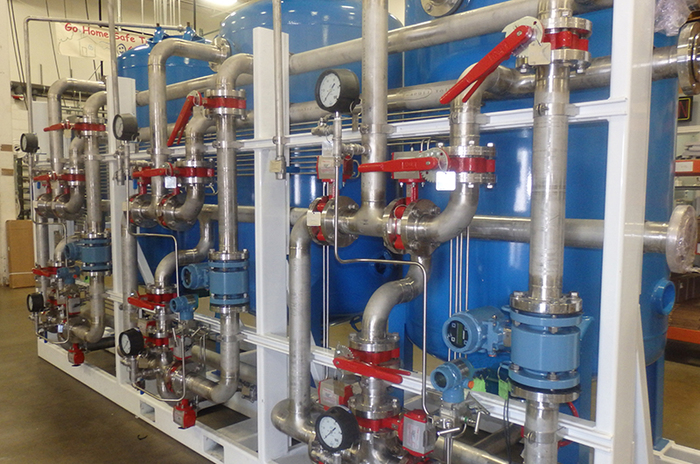Per- and polyfluoroalkyl substances (PFAS) have earned the nickname “forever chemicals” due to their incredible persistence in the environment. These synthetic compounds, used in everything from non-stick cookware to waterproof clothing, pose significant health risks and environmental challenges. Recently, the U.S. EPA announced the final National Primary Drinking Water Regulation (NPDWR) for six PFAS and set an initial monitoring goal for all public water systems by 2027.
EPA Announces Legally Enforceable PFAS Levels
The EPA has set two types of legal drinking water standards for certain per- and polyfluoroalkyl substances chemicals.
1. Individual Enforceable Maximum Contaminant Levels (MCLs) for specific PFAS:
- PFOA – 4.0 parts per trillion (ppt) (also expressed as ng/L)
- PFOS – 4.0 ppt
- PFHxS – 10 ppt
- PFNA – 10 ppt
- HFPO-DA – 10 ppt
2. A 1 (unitless) Hazard Index MCL for mixtures containing at least two of these chemicals:
- PFHxS
- PFNA
- HFPO-DA
- PFBS
Additionally, the EPA established non-enforceable health-based Maximum Contaminant Level Goals (MCLGs) for these per- and polyfluoroalkyl substances.
EPA-Issued PFAS Monitoring & Compliance Deadlines
Identification (2024-2027):
- Initial PFAS monitoring period for all public water systems
- Must complete first round of testing by 2027
- Starting in 2027, systems must inform the public about per- and polyfluoroalkyl substances levels in their water
Reduction Solutions (2024-2029):
- 5-year window to implement PFAS reduction solutions if levels exceed MCLs
- By 2029, systems must:
- Have reduction measures in place if needed
- Notify the public of any MCL violations
- Begin ongoing compliance monitoring
Continual Monitoring (After 2029):
- Continued monitoring and compliance required
- Must take immediate action and notify public if per- and polyfluoroalkyl substances levels exceed MCLs
Preferred PFAS Removal Technologies
When it comes to PFAS removal, the United States EPA recognizes ion exchange resins and granular activated carbon (GAC) as the best available technologies (BAT).
1. Granular Activated Carbon (GAC)
Activated carbon remains one of the most effective methods for PFAS removal. These specialized filters can:
- Capture over 90% of per- and polyfluoroalkyl substances compounds
- Work effectively across various water treatment scenarios
- Provide a cost-effective initial treatment strategy

2. Ion Exchange Resins
Ion exchange technology offers another powerful solution:
- Removes up to 99% of certain per- and polyfluoroalkyl substances compounds
- Highly effective for both drinking water and industrial applications
- Can be regenerated and reused, reducing overall treatment costs
Getting Started With PFAS Removal
While the EPA offers guidance towards various removal strategies, effective PFAS treatment requires a holistic water quality approach. An integrated approach with pre-treatment can optimize performance and minimize long-term costs. To get started, contact our team to discuss possible treatment options for your specific PFAS application.
